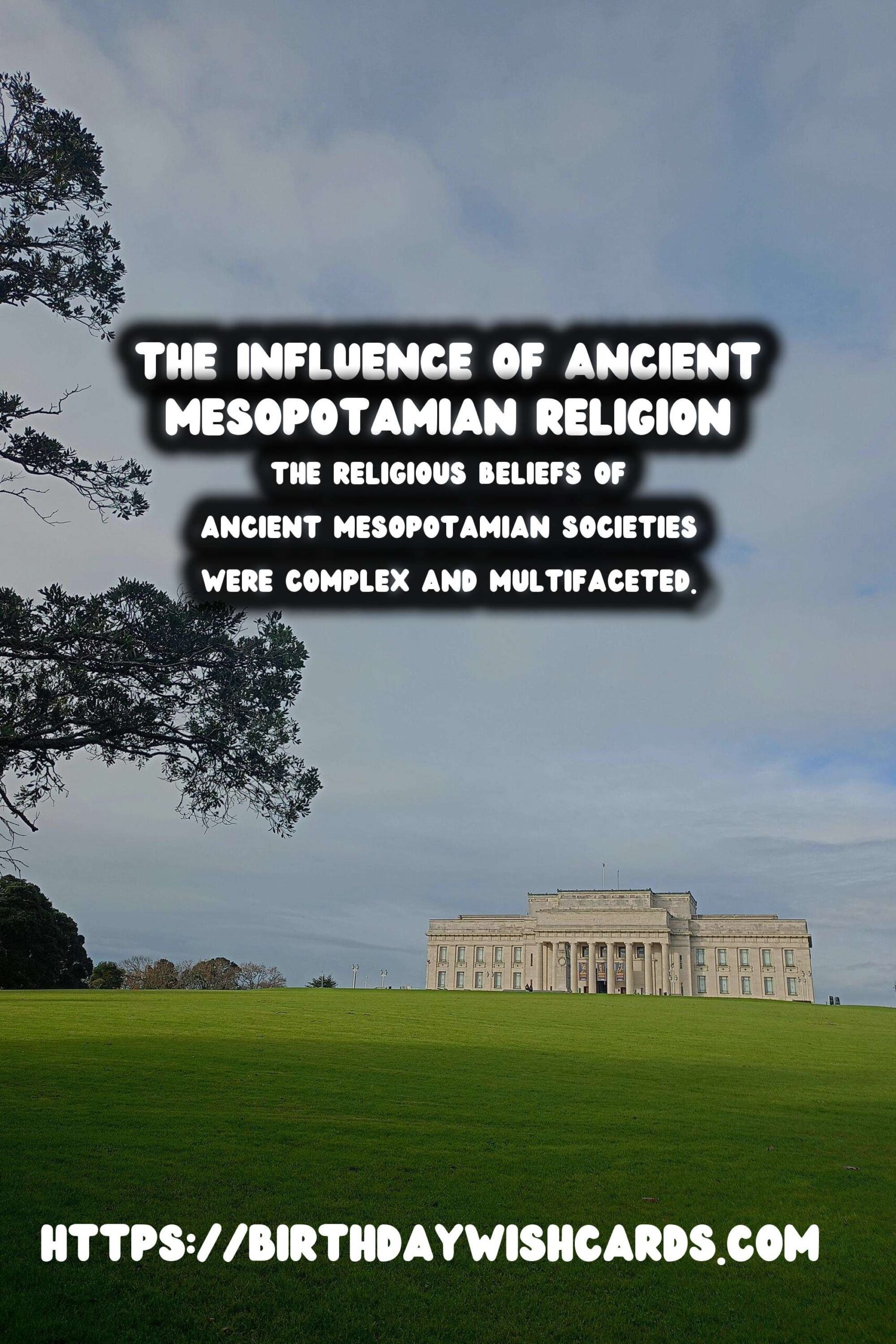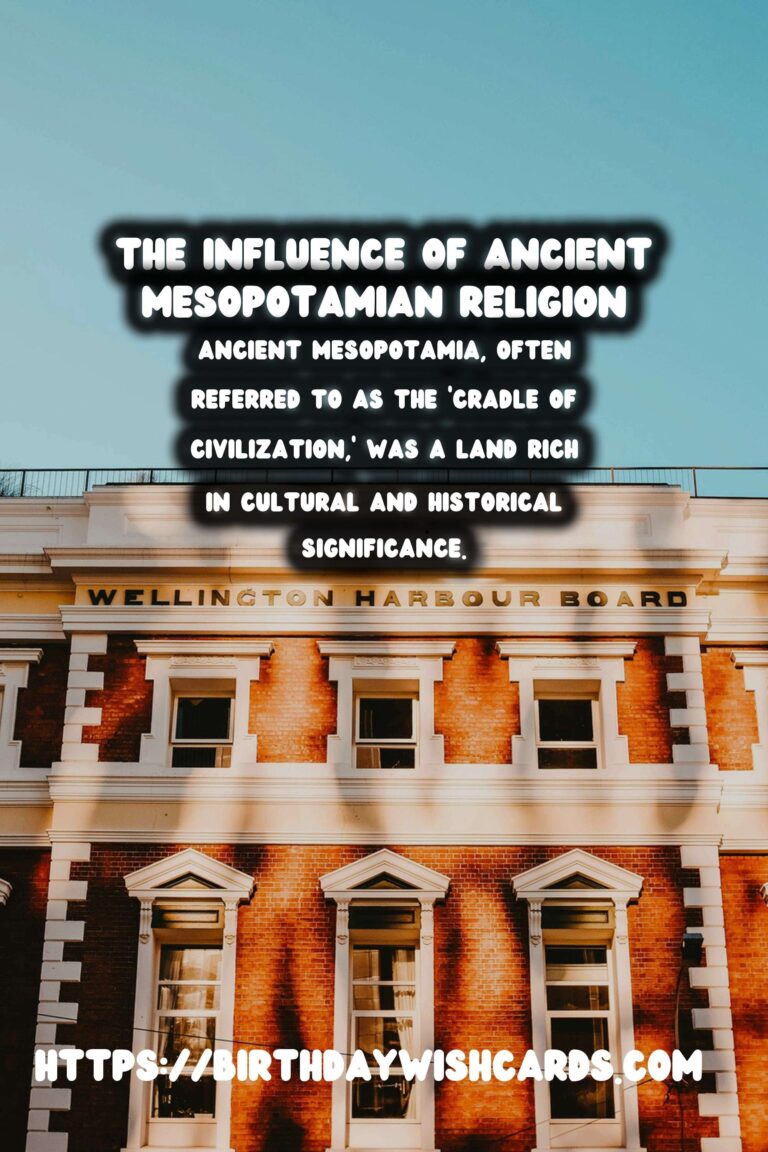
Ancient Mesopotamia, often referred to as the ‘cradle of civilization,’ was a land rich in cultural and historical significance. This region, located between the Tigris and Euphrates rivers, has left an indelible mark on world history, particularly in the area of religion.
Introduction to Mesopotamian Religion
The religious beliefs of ancient Mesopotamian societies were complex and multifaceted. They were deeply polytheistic, worshipping a vast pantheon of gods and goddesses. These deities were believed to control natural forces and aspects of human life such as love, war, and agriculture.
The Mesopotamian worldview was shaped by their understanding of the divine. Religion was deeply embedded in their daily lives and reflected in their literature, art, and governance.
The Pantheon of Mesopotamian Deities
The Mesopotamian pantheon included numerous gods and goddesses, each with distinct personalities and domains. Key figures included Anu, the sky god; Enlil, the god of the air and storms; Enki, the god of water and wisdom; and Inanna, the goddess of love and war.
These deities were often associated with specific city-states, which built temples or ziggurats to honor them. The city of Babylon, for example, was home to Marduk, its patron god.
Religious Practices and Ceremonies
Religious practices in ancient Mesopotamia were primarily centered around temple activities and offerings to the gods. Temples served as the focal point of religious life, serving not only as places of worship but also as centers of economic and political activity.
Ceremonies involved prayers, sacrifices, and processions. The New Year festival, known as Akitu, was one of the most significant religious events, celebrated with elaborate rituals and ceremonies that reaffirmed the king’s divine mandate.
Mythology and Literature
Mesopotamian literature is rich with mythological narratives that explore the actions and personalities of the gods. The ‘Epic of Gilgamesh,’ one of the oldest known literary works, provides insight into Mesopotamian beliefs about immortality and the relationship between humans and the divine.
Myths served not only as religious doctrine but also as tools for moral instruction and historical record, helping societies explain the world around them and their place within it.
The Influence of Mesopotamian Religion on Subsequent Cultures
Ancient Mesopotamian religious concepts and imagery have had a lasting impact on the development of later religious systems. Elements of Mesopotamian mythology can be seen in the religious texts of other cultures, such as the Biblical stories of the Great Flood and the Tower of Babel.
The notion of divine rule, prevalent in Mesopotamian societies, influenced the development of political and religious ideologies in regions as far as Egypt and the Hittite Empire.
Conclusion
The religious legacy of ancient Mesopotamia is profound and enduring. Its complex pantheon and rich mythological traditions not only shaped the lives of those in the Fertile Crescent but also echoed through the annals of history, influencing religious thought across cultures and ages.
Understanding the religious framework of ancient Mesopotamia offers valuable insights into how early humans perceived the sacred and structured their understanding of the universe.
Ancient Mesopotamia, often referred to as the ‘cradle of civilization,’ was a land rich in cultural and historical significance. The religious beliefs of ancient Mesopotamian societies were complex and multifaceted.
#Mesopotamia #Religion

